Mass Customization in Mobile Marketing: The New Era of Personalized User Experience

In a world where consumers demand both individuality and convenience, mass customization has emerged as the golden bridge between personalization and scalability. This innovative approach enables companies to deliver tailored products or experiences to customers while still operating efficiently at scale.
As smartphones dominate user engagement, mobile marketing becomes the frontline for delivering personalized experiences. This article explores how mass customization is revolutionizing mobile marketing and reshaping customer expectations through personalization powered by data, AI, and advanced mobile technologies.
Table of Contents
What is Mass Customization?
Mass customization refers to the process of delivering market goods and services that are modified to satisfy a specific customer need, yet still cost-effective due to economies of scale.
Table 1: Comparison – Mass Production vs. Mass Customization
| Feature | Mass Production | Mass Customization |
|---|---|---|
| Target Audience | General | Individual |
| Cost | Low per unit | Moderate per unit |
| Flexibility | Low | High |
| Customer Involvement | None | High |
| Product Uniqueness | Standard | Personalized |
Historically, mass customization began in manufacturing sectors such as fashion and automobiles. Brands like Nike (with NikeID) and Dell revolutionized their industries by letting customers personalize shoes or computers. Today, this concept is transforming digital experiences, particularly in mobile marketing.
The Role of Mobile in Driving Mass Customization
With over 6.92 billion smartphone users worldwide in 2023, mobile devices are integral to our lives. They serve as personal hubs for browsing, shopping, entertainment, and communication. This ubiquity positions mobile platforms as ideal vehicles for mass customization.
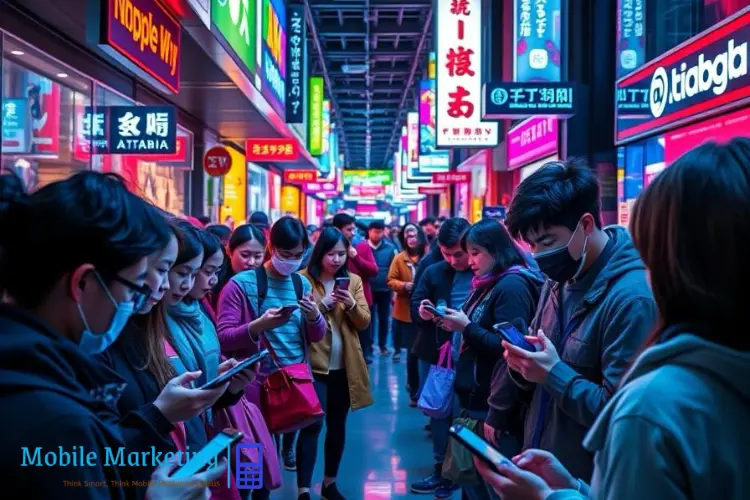
Mobile devices provide:
- Real-time data on user behavior, location, preferences
- Constant connectivity for instant interactions
- Apps that allow seamless user interface customization
- Channels like SMS, push notifications, and in-app messaging
Mobile Marketing Meets Mass Customization
In the digital age, especially on mobile platforms, mass customization has become a strategic differentiator. It enables brands to design user-centric experiences that feel personal while still being operationally scalable. This fusion of mobile marketing and customization is powered by a trifecta of data analytics, automation, and real-time engagement. Let’s dive deeper into how this synergy plays out.
1. Tailored Push Notifications and SMS Messages
Push notifications and SMS remain two of the most immediate and effective mobile engagement tools, with open rates reaching 90% for SMS and 20-25% for push notifications on average [Source: MobileSquared & Airship].
By using behavioral data—such as browsing history, previous purchases, and app interactions—and geolocation inputs, marketers can send highly targeted, relevant, and timely messages.
Example Scenario:
A food delivery app like DoorDash analyzes:
- Time of day
- User’s past order frequency
- Current location
Then it sends a notification at 12:30 PM on a workday, saying:
“Jhon, craving something warm? Your favorite chicken pad thai is just 20 mins away! Free delivery if you order within the next hour.”
This kind of push notification doesn’t just remind—it motivates. It’s personal, contextual, and timely.
Pro Tip for Marketers:
- Segment users based on meal habits or time zones.
- Use urgency triggers (limited-time deals) in customized SMS content.
2. Personalized In-App Content and Offers
Inside mobile apps, personalization can be dynamic and multi-layered. From product suggestions to content carousels, brands tailor the in-app experience to reflect user preferences, increasing both dwell time and conversion potential.
Real-World Examples:
- Amazon App dynamically adjusts homepage layouts to highlight categories that users frequently explore. One user may see “Home Essentials” while another sees “Tech Gadgets.”
- Spotify generates curated playlists such as “Discover Weekly” or “Your Top Songs”, with content recommendations built entirely around individual listening behavior.
According to a survey by Epsilon, 80% of consumers are more likely to do business with a brand if it offers personalized experiences.
Table 1: Forms of In-App Personalization
| Type of Personalization | Example | Benefits |
|---|---|---|
| Product Recommendations | Suggested items based on browsing | Boosts upselling |
| Dynamic Pricing | Discounts based on user behavior | Increases conversion |
| Content Curation | Customized news feeds or playlists | Enhances engagement |
| Personalized Layouts | Homepage sections adapted per user | Improves UX |
3. Location-Based Targeting and Geofencing
Geolocation technology unlocks hyper-local marketing potential. By setting up geofences—virtual boundaries around physical locations—apps can trigger actions when users enter or exit those areas.
Use Cases:
- Retail: A fashion store app sends a 20% discount code when a user walks past their physical store.
- Events: A sports app delivers exclusive content or merchandise discounts when users attend a stadium.
- Travel: A hotel app offers room upgrade promotions when guests arrive at the check-in desk.
This approach creates a “moment marketing” opportunity—aligning with real-world context in real-time.
Stats to Note:
- 53% of consumers visited a retailer after receiving a location-based message [Source: Salesforce].
- 73% of mobile shoppers are more likely to act on messages that are relevant to their location [Source: GeoMarketing].
Best Practice Tip:
Combine behavioral targeting with geolocation to avoid being intrusive. For example, a brand should not send a location-based offer unless the user has shown previous interest in that product category.
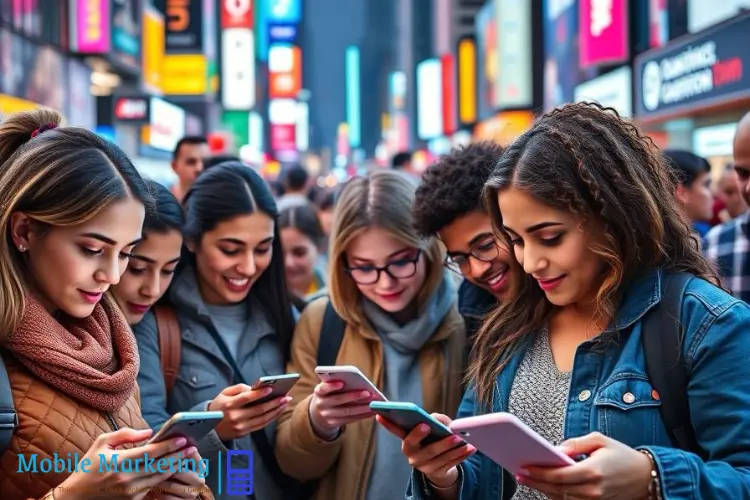
4. AI-Powered User Behavior Analysis
The most powerful driver of mass customization is artificial intelligence (AI). By using machine learning, apps can continuously learn from user interactions to improve and predict preferences without manual input.
Key AI-Powered Customization Methods:
- Recommendation Engines – Suggest content/products based on deep learning from past behavior (e.g., Netflix, YouTube).
- Predictive Analytics – Anticipate user needs before they arise, enabling preemptive marketing (e.g., travel apps predicting rebooking dates).
- Chatbots and Virtual Assistants – Personalize customer support interactions and marketing suggestions.
Example:
A fitness app like Nike Training Club uses AI to:
- Adjust workout recommendations based on performance feedback
- Modify difficulty level based on skipped or completed sessions
- Recommend gear based on weather and the user’s athletic profile
Impact Stat:
Companies that integrate AI into their personalization strategies boost marketing efficiency by 30% or more [Source: McKinsey].
5. Integrated Customization Journey
Mass customization isn’t just about isolated features—it’s about orchestrating a fluid, end-to-end user journey across the mobile ecosystem.
Image Suggestion:
A visual journey map showing a user engaging with a mobile app—receiving a push notification, exploring personalized recommendations, receiving a geofence-triggered offer, and making a purchase.
Mass customization transforms mobile marketing from a one-to-many model to a one-to-one experience at scale. It elevates user engagement, fosters emotional connection, and drives long-term loyalty. By integrating real-time data, intelligent automation, and intuitive design, brands can turn every interaction into an opportunity for relevance and delight.
Benefits of Mass Customization in Mobile Marketing
The integration of mass customization into mobile strategies brings measurable advantages:
Table 2: Benefits Overview
| Benefit | Description |
|---|---|
| Increased Engagement | Personalized messages receive up to 4x higher engagement than generic ones [Source: Accenture] |
| Improved Conversion | Customized calls-to-action lead to 202% more conversions [Source: HubSpot] |
| Customer Loyalty | Users return to apps that recognize and reward their preferences |
| Cost Efficiency | Automation tools lower the cost of delivering tailored messages at scale |
| Higher ROI | Brands report 20% higher ROI on personalized mobile campaigns. |
Real-World Examples
1. Starbucks
The Starbucks mobile app uses purchase history and location to suggest relevant offers. With over 31 million users in the U.S. alone, the app tailors offers based on previous orders, time of day, and location. This has helped Starbucks generate 30% of transactions through its mobile app [Source: Starbucks Investor Relations].
2. Spotify
Spotify’s algorithm curates music suggestions based on listening habits. Playlists like “Discover Weekly” are personalized for every user, driving 60% of users to discover new music through these features.
3. Amazon
Amazon’s mobile app adapts the homepage, recommended products, and promotional banners based on browsing and buying behavior, with a personalization engine that drives 35% of total sales [Source: McKinsey].
How to Implement Mass Customization in Your Mobile Strategy
Here’s a step-by-step approach for brands looking to harness mass customization:
Step 1: Collect and Analyze User Data
- Use in-app behavior, purchase history, and interaction patterns
- Respect privacy laws (GDPR, CCPA)
Step 2: Segment Your Audience
- Create profiles based on demographics, interests, and behavior
- Use dynamic segments that evolve over time
Step 3: Deploy Personalization Tools
- Leverage AI and marketing automation platforms
- Tools like Braze, OneSignal, and MoEngage help automate real-time customization
Step 4: Customize Content and Messaging
- Adapt content format, language, images, and offers
- Localize experiences based on geolocation and language preferences
Step 5: Measure, Test, and Optimize
- Conduct A/B tests on personalized campaigns
- Use KPIs like click-through rates, retention rates, and conversion rates
Challenges and Considerations
While promising, mass customization isn’t without hurdles:
1. Data Privacy & Compliance
With rising concerns over privacy, brands must:
- Obtain explicit consent for data usage
- Provide transparent privacy policies
- Offer opt-out options
2. Balancing Personalization with Brand Identity
Over-customization may dilute brand consistency. Brands should:
- Maintain core brand aesthetics and tone
- Use modular design frameworks
3. Technical Complexity
Customization at scale requires:
- Backend support for real-time data handling
- Seamless UX/UI for configuration tools
- Cross-platform consistency across iOS and Android
Future Trends in Mobile Mass Customization
1. Predictive Personalization
AI will move from reactive customization to predictive analytics, anticipating user needs based on patterns and context.
2. Voice-Activated Personalization
With smart voice assistants embedded in smartphones, brands can enable customization through voice commands.
3. Augmented Reality (AR) and Virtual Reality (VR)
Apps will offer AR-based customization of products (e.g., trying on clothes virtually) leading to richer, immersive personalized experiences.
4. Hyper-Personalization
Beyond names and preferences, future strategies will customize the entire user journey, including app layout, feature access, and pricing models.
Conclusion
Mass customization in mobile marketing represents the next frontier in delivering highly relevant, engaging, and conversion-driven experiences. With the help of AI, behavioral analytics, and real-time data, brands can offer a unique journey to every user—without losing the benefits of scale.
By embracing this model, businesses can stay ahead in a competitive digital landscape, build stronger customer relationships, and drive better business outcomes.
More Insights on Lifestyle Apps:

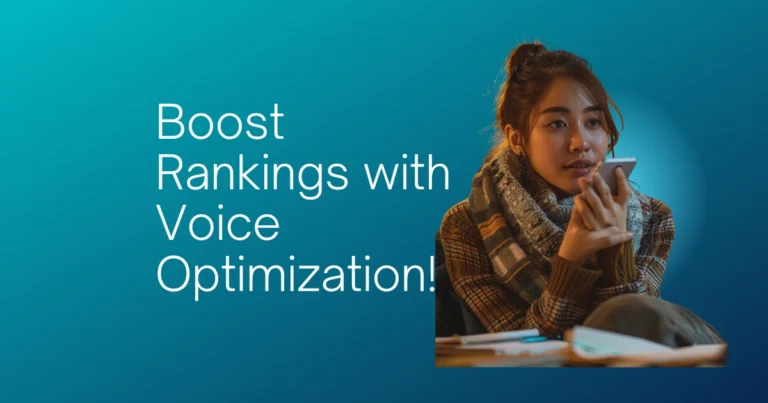
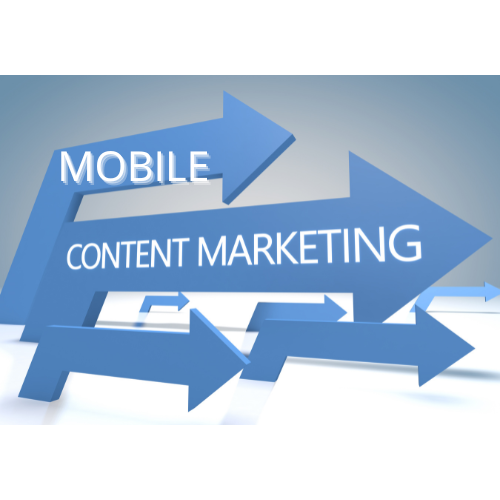
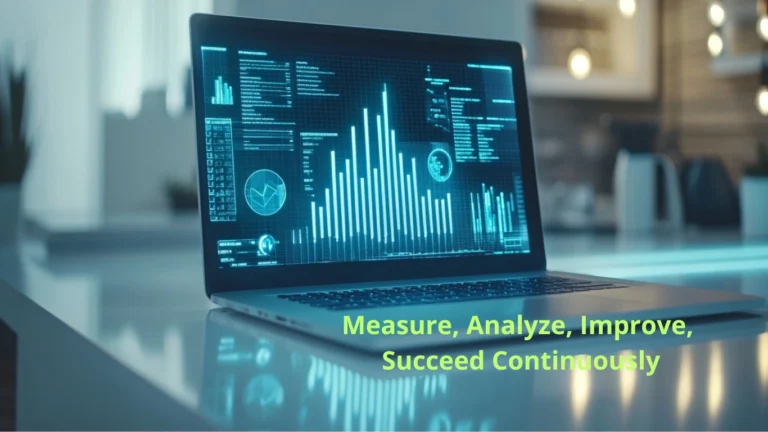
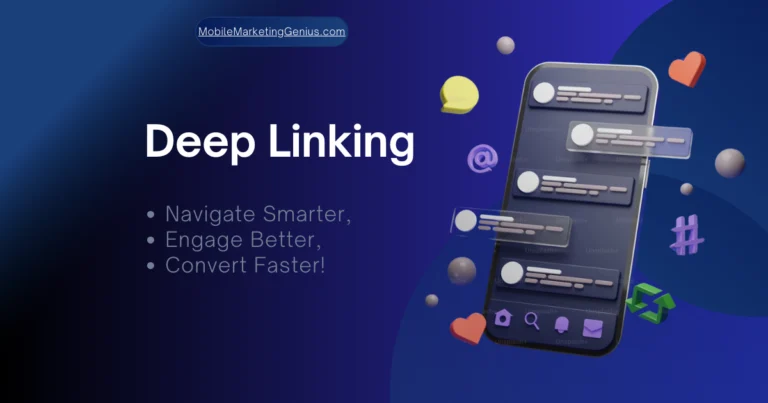
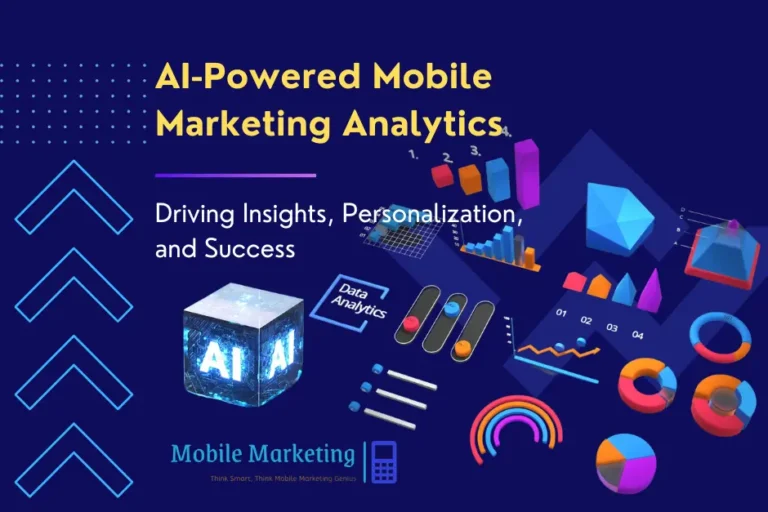
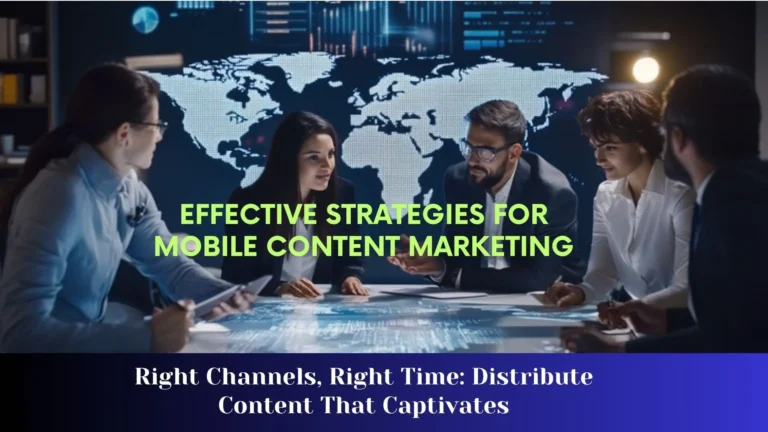
One Comment
Comments are closed.